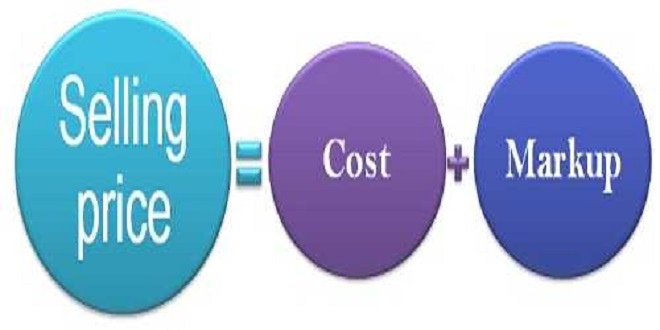Pricing with Markups and Discounts

Every day radio, television, and newspaper ads bombard customers with wonderful opportunities to spend money. Customers may sometimes feel that it’s difficult to separate the good from the bad with these retail opportunities. And for the merchant, pricing can be both a science and art. It’s necessary to mark up items to earn a reasonable profit and cover costs, but prices that are too high lead to lower sales. On the flip side, discounting items can bring in more customers. However, too deep a slash can hurt the company’s bottom line.
Examining Markups and Retail Prices
The amount of money that a store pays for merchandise is always less than the price that customers pay. It’s a known fact that items are marked up from a wholesale price to a retail price. Likewise, a company that provides services may hire a contractor at one amount and mark up the cost of the contractor’s work to the end customer
Making sense of markups
Unless you’ve been living in a bubble and have never ventured out to the store, you’ve had experience with markups. All companies mark up their prices in order to make a profit. The markup of an item for sale is the amount of money the retailer adds to the cost of the item to bring it up to the selling price. This price is also often referred to as the retail price (though for purposes of this book, I only refer to it as selling price). Here’s an equation to help you understand this process:
Cost + Markup in dollars = Selling price
Understanding how markups are a percentage of retail prices
Sometimes you may want to figure the markup percentage of an item. For instance, you may be doing some comparison shopping for equipment for your small business. You find the same item at two different stores for two different prices. You assume that the cost to the merchants was the same, so you figure out what the markup is at each store. Knowing the markup that a merchant is using helps you decide where to shop.
Working with the retail price
The process of determining the retail price of an item is somewhat backward from what you may expect. As I note earlier in this chapter, the markup is a percentage of the retail price, so how in the world can you determine the retail price from the markup percentage or the retail price from the cost of the item if you need a percentage of that retail price? It does sound like a conundrum, but the situation really isn’t as bad as it sounds. I provide you with a formula to use when determining the retail price.
Exploring Discount Pricing
Consumers are attracted to opportunities to save money, and merchants need to keep older inventory moving out the door to make room for shiny new goodies. So you may want to take advantage of this situation and put a sign in the window showing that all items are discounted by 40 percent. You may have a rush on your hands — or so you hope. It all depends on how the discount is computed.
Last word
Newspapers and other periodicals would like for you to be a regular advertiser, so discounts are offered depending on how much advertising space you use each year. You may sign a contract so that the discount is in effect from the beginning of the year. Other times, though, you may just pay as you go because you don’t know how much of a regular customer you’ll be. The discount, of course, is the way to go.





